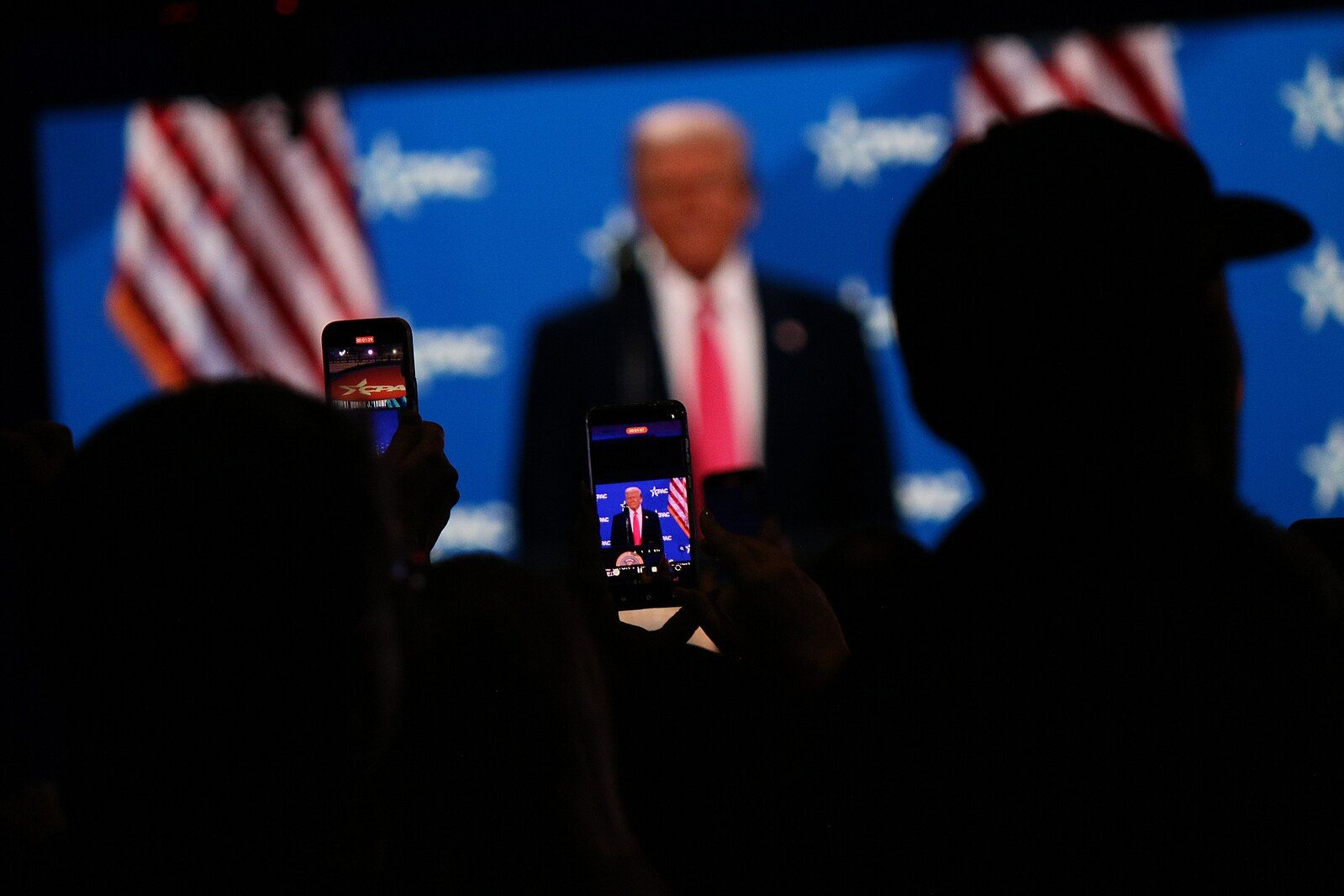Trump and the Conservative U.S. Counter-Revolution

```html
The Long Game: How a Century of Conservative Machinations Led to Trump's 2025 Power Grab
Trump's "Efficiency" Drive: A Chilling Echo of History
Donald Trump's declaration on Fox News (February 7th, 2025) that "nearly every federal agency in the US government could fall under the scrutiny of DOGE" (Department of Government Efficiency, headed by Elon Musk) sent shockwaves across the nation. The swift confirmation of Tulsi Gabbard as director of national intelligence and Kash Patel (author of "Government Gangsters") as FBI director further cemented fears of a "billionaire takeover of government," as Senator Chris Murphy put it.
This isn't a spontaneous upheaval. It's the culmination of a meticulously planned, decades-long conservative project to reshape American governance. Drawing from the McCune archives at Columbia University, this investigation reveals the hidden history of this counter-revolution, tracing its roots back to the 1930s.
From the New Deal to the New Right: A Century of Subversion
The seeds of this movement were sown in reaction to FDR's New Deal. Industrial titans like Alfred P. Sloan (General Motors) and Irénée DuPont, architects of the American Liberty League (1934), viewed state intervention as an existential threat. Their vision, inspired by European fascism, sought to replace democratic governance with a corporatist model under the guise of deregulation. This ambition even manifested in a foiled coup attempt against Roosevelt—the infamous "Business Plot" of 1934.
The post-war era saw these efforts intensify. Foundations backed by dynasties like the DuPonts, Kochs, and Mellons poured resources into think tanks like the American Enterprise Institute (AEI) and the Heritage Foundation, crafting an intellectual veneer for their anti-government agenda.
"In this war of the minds of men – and it is an unrelenting war – at stake is the institutional framework of the free society itself.” - William J. Baroody, AEI, 1972
Simultaneously, groups like the John Birch Society radicalized the conservative base, cultivating a populist, ultra-nationalist movement that paved the way for the "Moral Majority" and laid the groundwork for Trump's future appeal.
The Rise of the Conservative Power: From Nixon to Reagan
The conservative ascension gained momentum through figures like Richard Nixon. Innovations like Richard Viguerie's direct mail campaigns proved remarkably effective for fundraising and mobilization, prefiguring modern targeting algorithms. Under Nixon, key figures infiltrated high offices, solidifying their influence within the government.
The Reagan era saw the rise of the New Right, fueled by a potent mix of ultra-conservative politics and religious fundamentalism. Reagan's governorship in California served as a testing ground for their agenda, including the privatization of state functions. This culminated in William J. Baroody’s stark 1972 address to the Business Council, urging businesses to actively shape public opinion and counter perceived threats to free enterprise.
Project 2025: The Institutionalization of an Authoritarian Model
Project 2025, the "mandate for leadership," represents the culmination of this long game. With key positions filled by individuals linked to the Heritage Foundation, the Trump administration launched an all-out assault on the federal bureaucracy. Mass dismissals, agency dismantlement, and attacks on higher education aim to replace established institutions with ideologically aligned alternatives.
Expansive deportation measures, the surveillance of dissent, and the blurring of lines between private tech giants and security agencies paint a chilling picture of an emerging authoritarian state. The silencing of critical media outlets echoes earlier tactics of repression.
A Decisive Turning Point: What Can Be Done?
This is more than a resurgence of radical conservatism. It's the fruition of a century-long strategy, with Trump as a willing instrument of corporate elites. The alliance between tech power brokers and conservative networks, fueled by a libertarian zeal to dismantle government control, adds a dangerous new dimension to this project.
"One of the most dangerous aspects of fascism is that it advances in small steps, under the pretext of efficiency and reform." - Group Research Inc., 1965
The McCune archives offer a stark warning. As democratic institutions face this formidable offensive, we must actively engage with the historical record to understand the true nature of this transformation. Only through vigilance and a commitment to democratic principles can we hope to counter this threat to our freedoms.